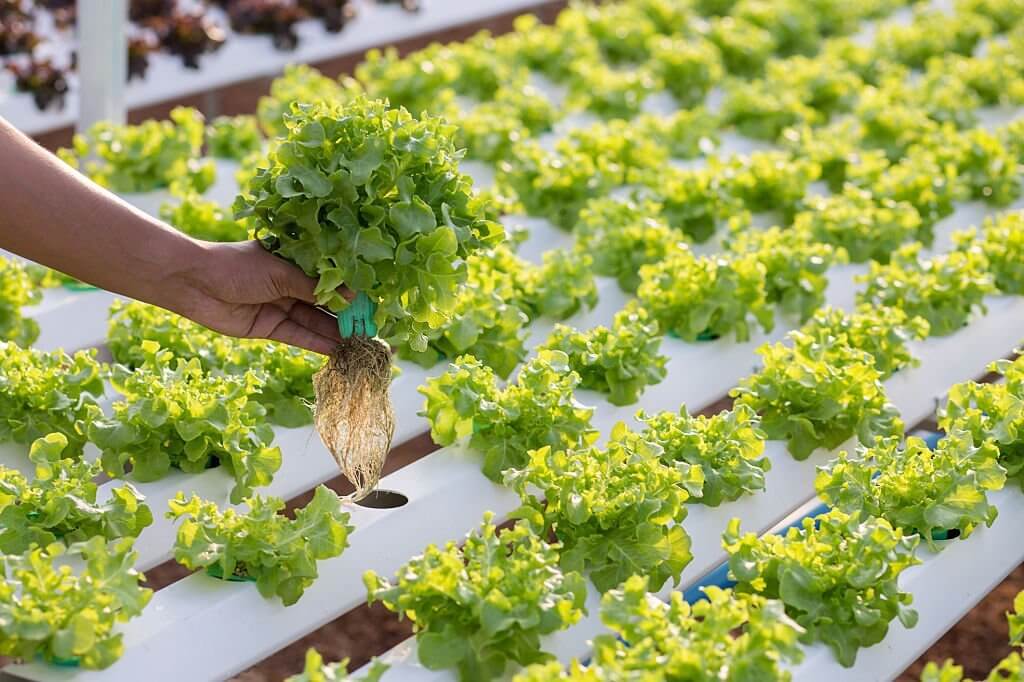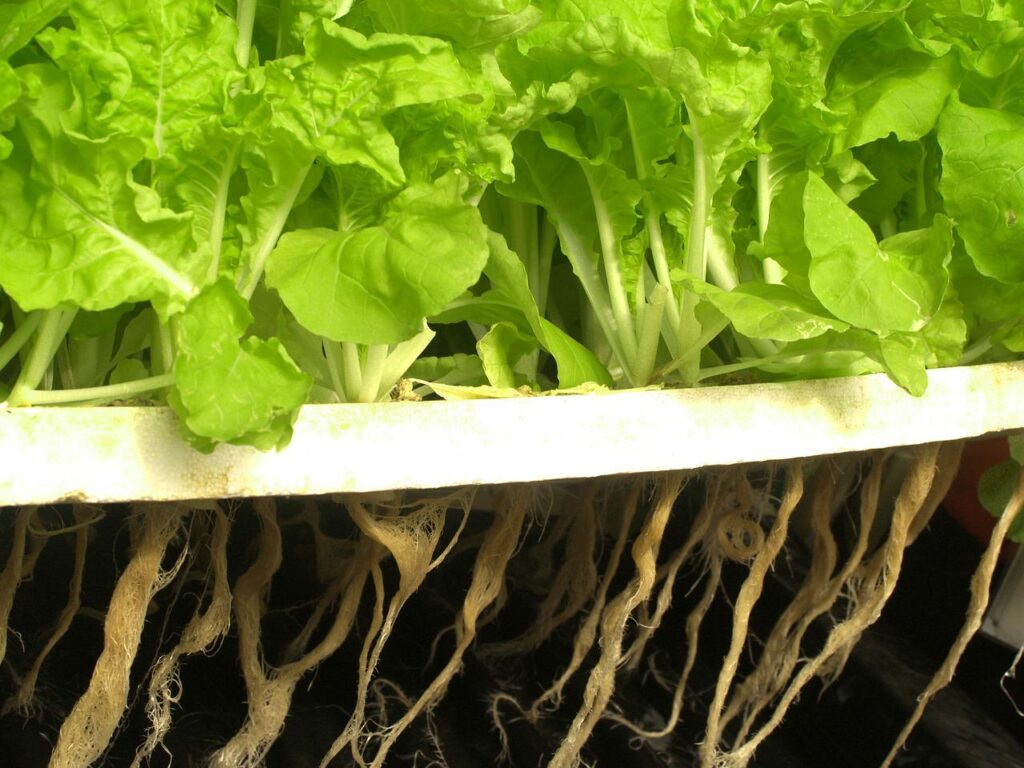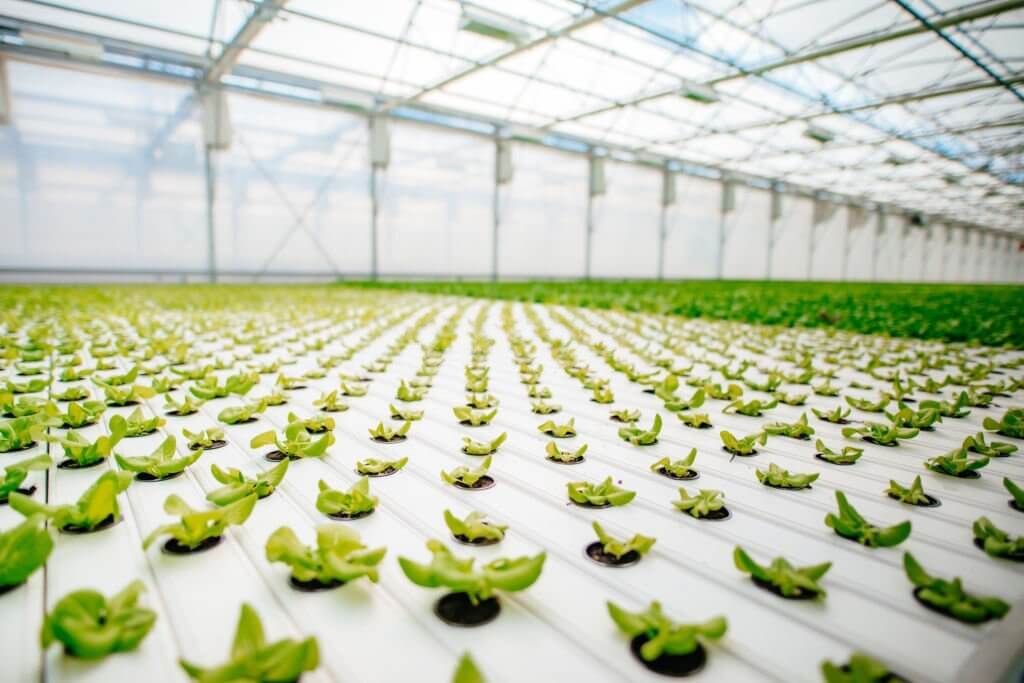Agriculture has surpassed the earlier definition of growing plants and rearing of animals, as such practice, coupled with the numerous challenges in the agricultural sector, have resulted to lower yields, low profit returns, lack of interest in farming, and ultimately food insecurity in the countries of the world.
And so, following such results, farmers and professionals in the sector, thought it wise to introduce new industrie into the agricultural sector. Industries such as the biotechnology, vertical farming, agrochemical, farm machineries, food processing industry, service delivery, etc., have over time, gained solid grounds in the agricultural space, so as to ensure that food security and a sustainable environment are achieved.
One of the earliest belief and definition of farmers with regards to plants was that such food produce could only be grown in soil, considering the necessary nutrients and microbes embedded in such growth medium that are required for the growth and survival of plants. However, such belief is now in doubt, as plants can now be comfortably grown in nutrient solution also. Such practice is known as Hydroponics.
So, let’s quickly dive into what hydroponics is all about and how it has been contributing to the achievement food security.
What is Hydroponics
Unlike the traditional ways of producing food crops in the rural areas of a country, using soil as a medium, modern farm practices such as hydroponics makes it possible for plants to not only be grown in soil-less medium, but also in urban areas.
Hydroponics is a form of vertical farming in which plants are grown in a water-based nutrient solution. Hydroponics is also called soil-less farming because no soil is usually required in the process, instead all the nutrient requirement of the plant to be grown are dissolved in water.
Hydroponics date as far as the floating gardens of China and the hanging gardens of Babylon, and have over years, been making incredible impact towards achieving food security in most developed countries of the world.
Elements such as; sulphur, phosphorus, magnesium, potassium, nitrogen, calcium etc are all dissolved in the water for hydroponically growing plants.
Plants like; tarragon, pepper mint, green mint, spinach, tomatoes, cucumbers, lettuce, peppers, celery, peace Lily are now grown hydroponically.
Hydroponics is now popular in many countries around the world such as; Germany, Netherlands, Russia, USA, Spain, France, Morocco, Turkey, Taiwan, China, India and United Arab Emirates etc.

However, developing countries of the world, including Nigeria, are yet to adopt this technology into their agricultural sectors, although some programmes and initiatives, like the Young City Farmers Initiative (YCFI), have been formed to tackle such challenge, by providing people with first hand knowledge of what modern farming (i.e. hydroponics, aquaponics, aeroponics, green house farm, etc.) is all about, and how they can adopt such modern practices, especially in the urban areas where there is an increased population and demand for agricultural produce.

Importance of Hydroponics
- Little space is required: Hydroponics requires less space when compared with the traditional farming system of growing crops in soil. This is because the roots of plants in a hydroponically growing system do not need to spread out to search for the nutrients they require, since they (the nutrients) are present in the water in which the plants grows.
- Conserves water: Hydroponics conserves water when compared with the traditional farming of growing crops in soil. The plants in a hydroponically growing system do not need regular watering as those grown in soil.
- Requires little labour: Growing plants with hydroponics requires little labour. There is no soil to till, no weeds to clear, no stones to remove from the growing medium since the plants do not grow in soil but water.
- Produces greater yields: Hydroponics produces greater yields as compared to the traditional farming of growing plants in soil. This is because the plants have the right amount of nutrients and water needed for them to grow optimally.
- Achieve food security and sustainability: Most developed countries of the world have given testimonies of how their GDPs were increased and how they are effectively dealing with food insecurity by adopting hydroponics.
